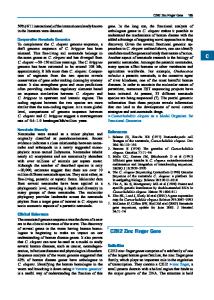Adiabatic Shear Susceptibility of Fe 50 Mn 30 Co 10 Cr 10 High-Entropy Alloy
- PDF / 2,553,666 Bytes
- 10 Pages / 593.972 x 792 pts Page_size
- 17 Downloads / 318 Views
NTRODUCTION
CONTINUOUS development of compositions, microstructures, and mechanical properties in the high-entropy alloys (HEAs) has been shown since the concept of HEA was put forward.[1–6] In the original HEAs design, the standard of mixing five or more elements in equiatomic or near equiatomic concentrations were strictly adhered to maximize the entropy value of the HEA.[1–6] However, research has found that the maximization of configurational entropy in equiatomic HEAs is not the decisive factor for the formation of a solid solution phase.[7,8] The observation has motivated the design of novel non-equiatomic HEA systems and relaxed the limitation on the composition elements of HEAs. HEAs with non-equal molar fractions[9,10] or less than five elements[11,12] gradually appeared. A dual-phase Fe50Mn30Co10Cr10 HEA with high strength and ductility resulting from Transformed Induced Plasticity (TRIP) effect was designed by Li SHUANGJUN YANG is with the School of Material Science and Engineering, Central South University, Changsha 410083, China and also with the School of Material Science and Engineering, Hunan University of Science and Technology, Xiangtan 411201, China. YANG YANG is with the School of Material Science and Engineering, Central South University and also with the Key Laboratory of Ministry of Education for Nonferrous Metal Materials Science and Engineering, Central South University, Changsha 410083, China. Contact e-mails: [email protected], [email protected] ZHIYU YANG and CHI LU are with the School of Material Science and Engineering, Central South University. WENHUI LIU is with the School of Material Science and Engineering, Hunan University of Science and Technology. Manuscript submitted July 9, 2019.
METALLURGICAL AND MATERIALS TRANSACTIONS A
et al.[13] The design concept of Transformation Induced Plasticity-assisted, Dual-Phase HEA (TRIP-DP-HEA) provides a new research direction for the design and performance optimization of HEAs. Adiabatic shearing is a phenomenon of thermal-viscoplastic constitutive instability of materials under high strain rate loading.[14] It is commonly found in dynamic deformation processes involving high strain rate loading, such as explosions, penetrations, and high-speed impacts. At present, adiabatic shearing behavior of many materials has been reported, involving metals, polymers, and composites, such as stainless steels,[15–17] aluminum alloys,[18,19] titanium and titanium alloys,[20–24] magnesium alloys,[25–29] tungsten alloys,[30] polycarbonates,[31] SiCp particle-reinforced 2024 Al composites,[32] and so on. Adiabatic shear susceptibility is used to characterize the degree of difficulty in the occurrence of adiabatic shearing. The higher the adiabatic shear susceptibility, the more likely adiabatic shearing will occur. The main influencing factors of adiabatic shear susceptibility include the structure and state factors of materials (sample shape, material composition, phase composition, grain size, heat treatment state, etc.), and the external loading conditions
Data Loading...











